20 Views
How Safe and Affordable Is the $999* Comma One Semi-autonomous Driving Device?

by
Bozi Tatarevic
(IC: employee)
Published: September 21st, 2016
Share
George Hotz burst into the autonomous driving space last year with promises of a sub-$1,000 driver assistance package. It could be added to any car, he said, and proved it by showcasing his prototype system on his Acura ILX. When I spoke to Hotz in December, his system had promise, but I was skeptical.Since that interview, Hotz further refined his system, released data collection apps, and picked up $3.1 million in funding. These updates culminated in a splashy announcement at TechCrunch Disrupt SF last week, where Hotz announced he’d ship his Comma One semi-autonomous driving add-on by the end of the year — at a price of $999*.Hotz kept many of the promises he made last year, but he’s made vast changes between then and now. I dug into the Comma One’s hardware and software specs, and signed up for his Dash data collection app, to see what all the excitement was about.
The Comma One unit seems to take a minimalist approach when compared to the array of equipment he displayed last year. It now appears to contain an Android smartphone inside a 3D printed case, backed up by a heatsink, fan and some sort of CAN-BUS shield with an automotive grade connector. The specs lead me to believe Hotz may be using a OnePlus 3, since both camera resolutions match perfectly. The screen size and camera cutouts are also in the correct place, and the flash is also in the same location, directly below the lens.A smartphone seems like a reckless option for a device that must be durable, and an odd one considering Hotz critique of Mobileye on its own chip choice. The OnePlus 3 does sport a Qualcomm Snapdragon 820 processor, which has a 820A variant built for automotive applications. It’s possible Hotz swapped in the 820A — or he’s winging it by using the standard processor in the OnePlus 3, modified for his use. Hopefully we will find out more as Comma.ai releases more details on the device.Hotz shared with Roy that the device will have 3G and WiFi connections, and will run the Android variant of the Comma.ai app. Users will need to install the Comma One device in place of the rearview mirror, and a rear-facing camera and screen will replace the mirror itself. That seems like it could work in theory, but I’m unsure of the quality and legality of such a configuration.
Hotz went on to call Mobileye (and most of the current ADAS market) a joke because he believes it’s afraid to push the envelope. He stated Mobileye’s chip is unsophisticated and relies on simplistic code because Mobileye does not want to innovate. His machine learning approach appears to be a better way to go about getting more accurate data, but he did not share any data about the chip inside his device or whether it was actually based on a smartphone as the images seem to show. While Mobileye is the cautious senior in this race, it’s worth noting it’s also looking at machine learning. It announced its collaborative Road Experience Management program with Intel and multiple automakers in July.In his test last year, Hotz used a LiDAR puck, but later told me he had disabled it and the car was driving with just the camera and AcuraWatch ADAS was completely disabled at the time. He has kept his promise of removing LiDAR from the equation, but has decided to make use of the factory front-mounted millimeter wave radar unit that comes with the factory ADAS system on his ILX. This is a departure from the camera-only promise he made in December, but it’s one for the better — even Hotz stated a camera on its own has a difficult time at judging distance and speed, and this will help to improve it.
{
"id": "9024706",
"alt": "",
"title": "",
"video_link": "https://www.youtube.com/embed/AerjS7PTNYs",
"youtube_video_id": "AerjS7PTNYs"
}
{
"width": 634,
"height": 357,
"showRelated": true
}
This brings us back to the price of the unit and one of the reasons for the asterisk on the $999 price above.Hotz is promising to sell a sub-$1,000 driving assistance add-on, but that only includes Comma.ai’s provided equipment. The radar unit is not standard equipment on every Acura ILX. In order to have it installed, the purchase of the $1,300 AcuraWatch Plus package is required. This means the consumer will be purchasing a $1,300 package with superfluous ADAS features and equipment solely for access to the included front-mounted radar sensor. It’s not clear if any of the other OEM ADAS modules and sensors are in use. Even if the radar unit is the only item required, it still runs around $642 from online parts discounters. Hotz may be able to negotiate better pricing from Fujitsu Ten directly, but it kills the sub-$1,000 price if it costs anything more than 99 cents. According to a recent blog post, Hotz promised to launch the system on the Honda Civic with Honda Sensing, which uses similar equipment to the ILX. While this is a better value proposition due to the lower cost of the Civic and the Honda Sensing package (which runs at $1,000), the total cost of the system is still double once options are considered.The last part of the price update includes a subscription fee. Hotz stated at TechCrunch Disrupt SF that the Comma one will carry a $24/month subscription cost. Hotz told The Drive this subscription cost will cover data transfer over 3G back to the Comma.ai servers, but he encourages customers to use WiFi as much as possible, presumably due to data cost and transfer caps.At the lowest end of the price spectrum, a potential Comma One customer will be looking at $999 for the system, $288 for a year of service, and at least $1,000 more in options on their Civic, which amounts to a first year cost of $2,287 — or more than double the promised sub-$1.000 cost. In comparison, Tesla’s Autopilot suite runs $3,000 at time of order or $3,500 to enable it at any point after purchase and has no recurring costs.I chose Autopilot as a comparison point because Hotz has praised Tesla and stated that his system will have Autopilot-like features. Although the $999 price may be a murky point, Hotz does get credit for bringing his system to a lower-cost platform. The Civic LX with Honda Sensing is $20,440 plus the cost of his equipment and service, which is less than a third of the price of the cheapest Model S.Getting the Comma One system up and running does not end at buying a Honda Civic and the required Comma.ai hardware and software. The last requirement for being able to buy the system is collecting 2,000 comma points, which are earned by recording your commute and any other driving you may do.I downloaded the Dash app for iOS and signed up at the beta page for Comma.ai to find out how to collect these points. (There is also an app for Android called chffr, which came out a few months earlier but serves a similar purpose.) Once the app is installed, you’re required to mount your smartphone or other device on your dashboard to record driving data. The apps record the view through windshield, along with location and speed.Running the app for the first time will give you an immediate 500 points. The next 100 minutes of driving are awarded at 5 points per minute, at which point your counter is set at 1 point per minute. I have a little over four hours of driving time recorded with the Dash app and currently sit at 1150 comma points, which puts me 850 minutes (or just over 14 hours) short of reaching the 2,000 point mark to qualify for the purchase of the Comma One device. The total time outlay for a person just signing up is around 18 and a half hours to reach the magic 2000 point mark.
The time involvement of the comma points is somewhat significant but smart on Hotz’s part. Recording multiple iterations of commute data for early adopters will allow him to deploy with a large set of data for that group while tying them into a reward system where they can feel they are contributing to a greater purpose. This large data set will serve these early users well as it will provide for fleet learning right at the launch of the application. The greatest test of the Comma One device will be in how it responds when these users start to venture out to uncharted areas.The reward system appears to be working; there are already seven users that have more than 10,000 comma points. To put that into perspective, these users have driven at least 150 hours while recording data with one of the Comma.ai apps. There are now 1,073 users signed up for the apps who’ve driven a total of 363,000 miles and redeemed 9,517 hours of driving time.
There’s a secondary benefit to the apps: the online driving explorer, which allows you to view and explore all previous driving sessions and acts like an advanced cloud based dash cam. The nifty feature shows times and dates of the recorded video along with a map that you click on to take you to the exact moment of that drive. I imagine that this can benefit users out there who like to see Fitbit-like data about their cars.
While I can add the standard line stating that Hotz did not respond to our questions, it’s important to note his personality and Musk-style attitude is heavily weaved into the project. I’ve reached out to Hotz multiple times since our first discussion, but he stopped responding after TTAC published the last story covering his developments. We’ve attempted to reach Hotz through multiple means — mainly email and Comma.ai’s message board — to no avail.There are many questions left unanswered, including big ones like whether the Comma One device is based on a smartphone and what camera models it will use when it ships. There are also smaller questions, like whether the windshield wiper interference he mentioned earlier has been fixed or if it will be a flaw that early adopters are forced to live with. I’m also still unsure how the OEM ADAS system on the Honda vehicles will react and whether consumers will be required to disable it to run the Comma One system.This project would likely move faster with OEM support, but according to Chris Martin with American Honda, they do not have a relationship with Comma.ai and furthermore do not have any information on how the modification may impact the vehicle. He noted that “the Acura New Vehicle Limited Warranty does not cover any failure caused by modifying the vehicle.”The response from American Honda is not surprising, but it does paint a clear picture of how the Comma One system interacts with the vehicle. Since the Comma.ai team does not have OEM-level access to the CAN-BUS, they are effectively hacking it. There are not many details on CAN-BUS interaction and whether they have a clean path to the OEM systems or if they are pushing their code in an ad-hoc manner that could be unstable and dangerous.I look forward to the product’s development and invite Hotz to an open discussion so we can dig deeper and see how safe and effective the device will actually be.[Image Credit: Wikimedia Commons CC BY-SA 4.0]

Bozi Tatarevic
More by Bozi Tatarevic
Published September 21st, 2016 10:30 AM
Latest Car Reviews
Read moreLatest Product Reviews
Read moreRecent Comments
- ToolGuy TG grows weary of purchasing gasoline. I don't care so much how or why, I am just tired of it. I still buy petroleum products, not 'boycotting oil,' but backing away from gasoline where I can. Sample size = 1.
- Probert Maybe it's not too late for the Dodge Neon I've always dreamed of!!! To the keyboard Robin!
- Akear The malibu still outsells all GM EVs combinedMalibu -150,000GM EV's - 75,000Maybe this represents how execrable GM EVs really are. Barra should have resigned years ago,
- Fred Short term bean counters give up the market and long term players gain shares.
- KOKing I thought they quit making it 3yrs ago so... no?



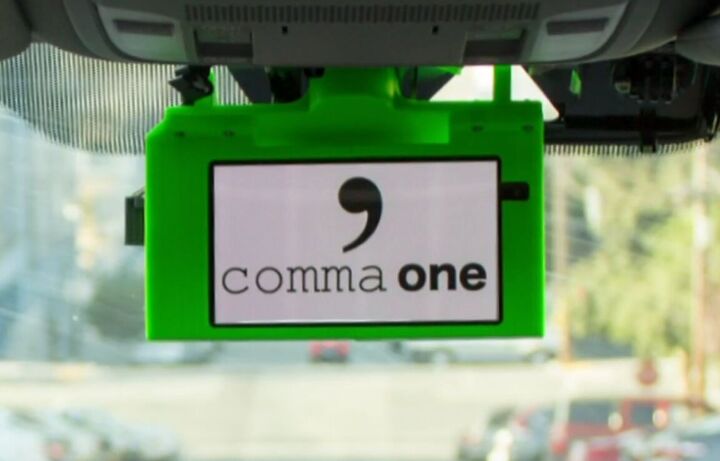

















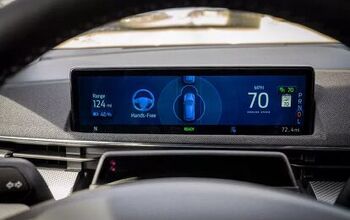
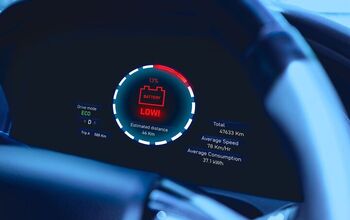

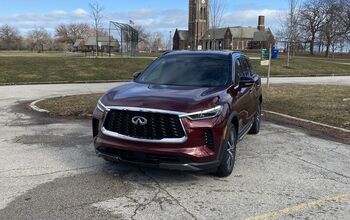
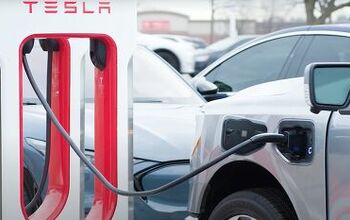


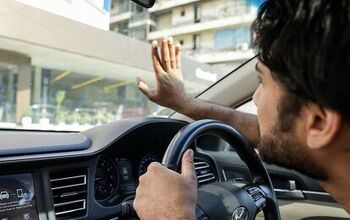

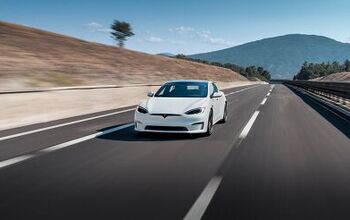
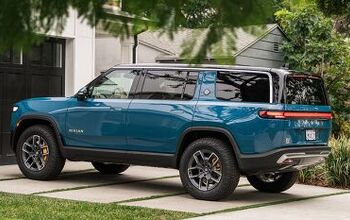

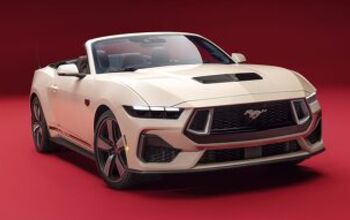


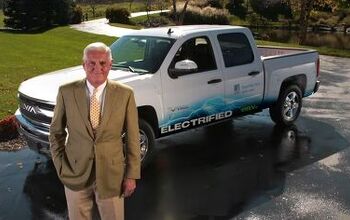

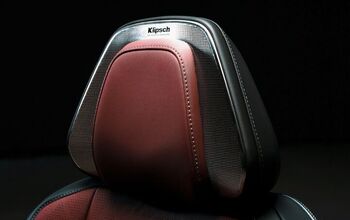
Comments
Join the conversation
"The nifty feature shows times and dates of the recorded video along with a map that you click on to take you to the exact moment of that drive" Wait wait wait, it also comes with a built in public-road time attack enabler?! My estimations of his ball girth and future legal exposure have now been adjusted accordingly.
Based on OnePlus hardware? I understand that it's conjecture at this point, but my OnePlus One phone was a sack of ****. The concept of allowing THEIR hardware to drive MY car is ludicrous.